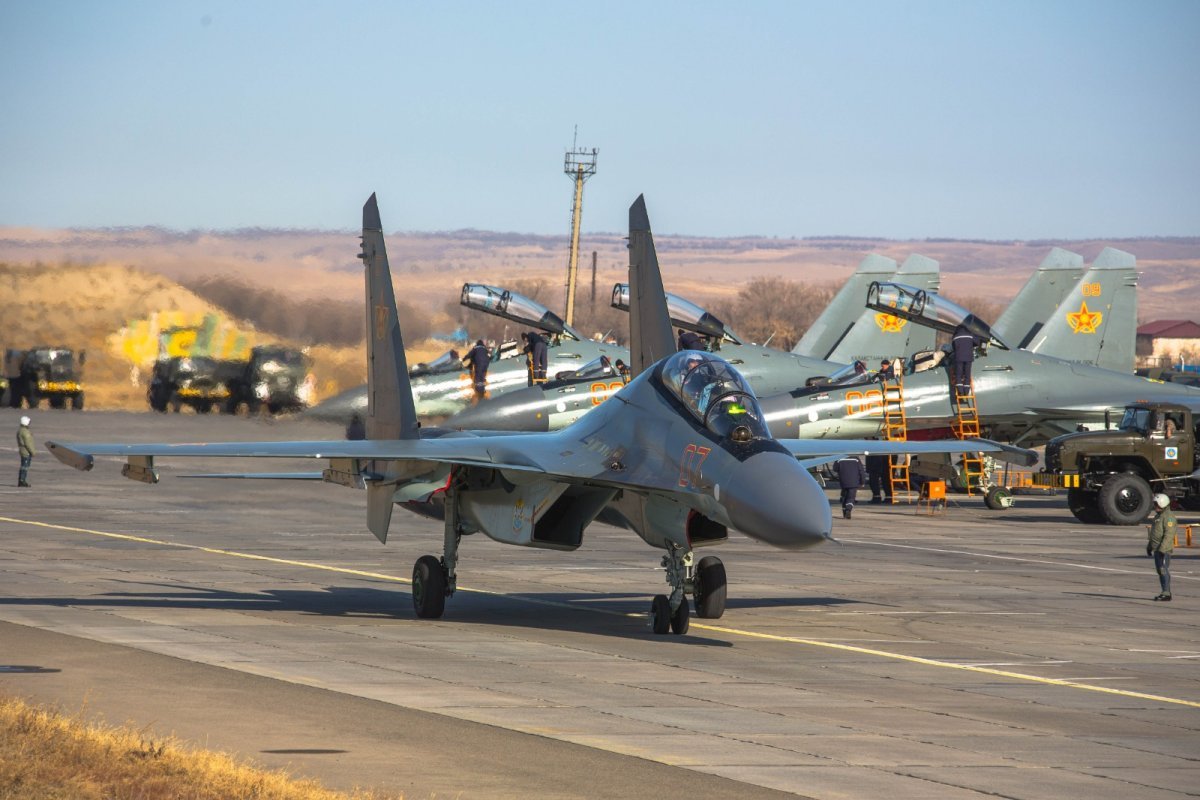Directive for the establishment of the Kazakhstani Air Force was signed on the 2nd of July, 1998.

Since then, the Air Force has steadfastly stood guard over the aerial borders of Kazakhstan and has emerged as one of the best-prepared forces among the CIS countries, as evidenced by the results of military aviators' participation in international competitions. Sarbaz.kz has spoken to Major General Ruslan Kunurov, the Commander of the Kazakhstani Air Force, who has shared the following details.
“During WWII, Kazakhstan became a powerful aviation center where pilots, aerial gunners, engineers were trained, damaged aircraft were repaired, and new ones were developed. Kazakhstanis contributed to replenishing the fleet of aircraft and other military equipment” – said Ruslan Kunurov.
During WWII, more than 30 aviators from Kazakhstan were honored with the title of Hero of the Soviet Union. Among them was Nurken Abdirov, a Hero of the Soviet Union whose name is carried by an aviation base in Karaganda. Additionally, Talgat Begeldinov, a two-time Hero of the Soviet Union, has had the Military Institute of Air Defense Forces in Aktobe and the "Zhas Ulan" school in Karaganda named after him.
Prestigious Troops
“Today's aviators are worthy successors to the glorious military traditions of Kazakhstani aviation. They have accumulated extensive flight experience, mastered various types of aviation technology, regularly participate in parades, national and international exercises, and pass on their rich experience to the younger aircrew” – Ruslan Kunurov notes.
In Kazakhstan, the profession of military personnel, especially military aviators, is becoming popular and prestigious once again. The number of individuals aspiring to pursue a career in military aviation is growing annually. Young officer candidates for the Air Force, including pilots and ground service specialists, are trained at the Military Institute of Air Defense Forces in Aktobe. The competition for admission to flight institutes has always been high. Candidates are selected based on their health condition, level of physical fitness, and knowledge acquired in school. Tests of quick thinking and decision-making abilities are also conducted. In addition, there is a Department of Air Defense Forces at the National Defense University in Astana, which provides professional retraining for officers to operate new types of weaponry and military equipment produced by other countries.
Kazakhstan Air Force Fleet
This year, the aviation fleet will be expanded with the addition of the Anka unmanned aerial vehicle (UAV). According to the website of the Ministry of Defense, the experimental and military exploitation of the aircraft is currently underway to verify its compliance with the declared technical characteristics. The unmanned aircraft can carry up to 350 kg of cargo and remain at an altitude of 9 km for up to 30 hours. Additionally, the Anka is equipped with an anti-icing system, allowing its operation even in challenging weather conditions.
“The army aviation fleet consists of multi-role Su-30SM fighters, which are currently among the best aircraft in their class. At the same time, the fleet of Mi-171Sh transport-combat helicopters and C-295 aircraft from Airbus Military is expanding. In the near future, the Kazakhstan Air Force will receive new aviation assets in the form of the Airbus A400M and L-410 UVP-E20 military transport aircraft” – announced the Commander of the Air Force.
Furthermore, the Air Force is equipped with multi-role Su-27 fighters, Su-25 attack aircraft, military transport aircraft such as the An-26 and An-72, helicopters including Mi-8, Mi-17V-5, EC-145 Eurocopter, and UH1-II "Huey," as well as strike drones WinLong and SkyLark.
This equipment is capable of executing assigned tasks over significant distances from the base, day and night, in simple and challenging weather conditions.
The combat capabilities of the weaponry, the proficiency of the flight personnel, and the provision of reliable command and control have been demonstrated in various large-scale inter-service exercises.